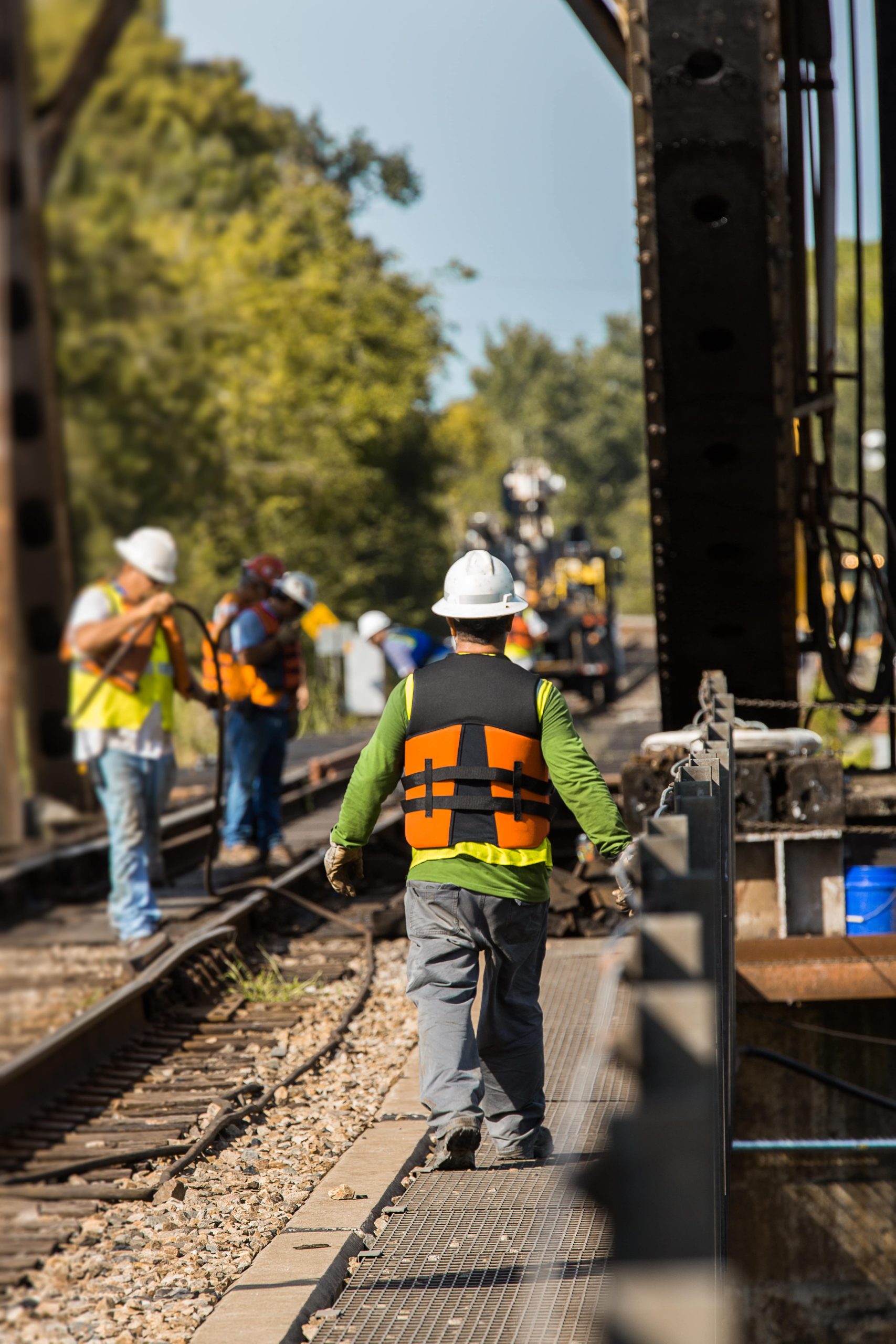Understanding Railroad Cancer Lawsuits: An In-Depth Look
Railroad workers deal with many risks on the task, from the physical threats intrinsic in running heavy equipment to environmental exposures that can cause serious health conditions. Among these dangers is the increased capacity for establishing numerous types of cancer, mostly due to exposure to carcinogenic compounds. This post looks into the intricacies of railroad cancer lawsuits, shedding light on what victims can do to look for justice and the complexities involved.
What is a Railroad Cancer Lawsuit?
A railroad cancer lawsuit is a legal action taken by former or current railroad workers diagnosed with cancer, alleging that their condition was a result of occupational direct exposure to hazardous substances while on the task. These substances can consist of asbestos, diesel exhaust fumes, benzene, and other harmful chemicals frequently discovered in railroad environments.
Table 1: Common Carcinogens in the Railroad Industry
| Carcinogen | Associated Risks | Sources in Railroads |
|---|---|---|
| Asbestos | Lung cancer, mesothelioma | Insulation, older brake linings |
| Diesel Exhaust Fumes | Lung cancer, bladder cancer | Train operation, engine maintenance |
| Benzene | Leukemia, lymphoma | Solvent usage, fuel direct exposure |
| Creosote | Skin cancer, lung cancer | Wood treatment, rail ties |
| Formaldehyde | Nasopharyngeal cancer, leukemia | Different chemicals and adhesives |
Victims typically pursue these suits under the Federal Employers Liability Act (FELA), which supplies a framework for railroad workers to declare payment for injuries that happen on the task due to the business's carelessness.
Why Pursue a Railroad Cancer Lawsuit?
- Accountability: FELA allows injured workers to hold their companies accountable for hazardous working conditions.
- Compensation: Employees can seek monetary damages for medical expenses, lost earnings, discomfort and suffering, and any future medical expenses connected with their cancer.
- Awareness: Filing a lawsuit can help raise awareness about harmful working conditions and pressure railroad companies to enhance precaution.
Table 2: Potential Damages in Railroad Cancer Lawsuits
| Type of Damage | Description |
|---|---|
| Medical Expenses | Expenses of treatment, surgery, and medications |
| Lost Wages | Compensation for time off work |
| Discomfort and Suffering | Damages for physical and emotional distress |
| Future Medical Expenses | Expected costs of ongoing treatment |
| Loss of Enjoyment of Life | Compensation for the general loss of pleasure due to the disease |
The Legal Process
Browsing a railroad cancer lawsuit involves a number of essential actions:
- Consultation: Victims must first speak with a legal expert who concentrates on FELA cases or accident.
- Gathering Evidence: Collecting proof is vital. This includes medical records, work records, and documents of exposure to carcinogens.
- Suing: The attorney will prepare and submit a claim, which should comply with FELA's requirements.
- Settlement: Many cases settle out of court, however if the railroad company challenges the claim, the case might continue to trial.
- Trial: If the case reaches trial, the attorney will provide evidence, consisting of expert testimonies, to establish the link in between the cancer medical diagnosis and work exposure.
Obstacles in Railroad Cancer Lawsuits
In spite of the protective statutes in location, there are a number of challenges claimants may face:
- Proving Causation: Demonstrating that their cancer resulted straight from workplace direct exposure can be made complex, requiring expert testimony and medical evidence.
- Exposure History: Railroad workers typically alter tasks or operate in various environments, making it tough to identify specific instances of hazardous exposure.
- Time Limitations: FELA enforces a three-year statute of limitations from the date of medical diagnosis or discovery of the disease to submit a claim.
Table 3: Frequently Encountered Challenges
| Obstacle | Description |
|---|---|
| Causation Difficulties | Difficulty in showing the direct link |
| Complex Work History | Varied task roles can muddy exposure records |
| Statute of Limitations | Strict timeframes for filing claims |
FREQUENTLY ASKED QUESTION
1. Who can file Railroad Cancer Lawyer ?
Just railroad workers who have been detected with cancer due to workplace exposure to carcinogenic agents can file a lawsuit under FELA.
2. How does FELA differ from workers' payment?
FELA allows hurt workers to sue their company for negligence, whereas workers' settlement offers advantages no matter fault, usually without the opportunity for damages for pain and suffering.
3. What kinds of cancers are frequently connected to railroad work?
Common cancers consist of lung cancer, leukemia, bladder cancer, and mesothelioma cancer, frequently connected to direct exposure to asbestos and other toxic substances.
4. Can member of the family of deceased workers submit a lawsuit?
Yes, member of the family may file a wrongful death claim if a railroad employee dies due to cancer associated to occupational direct exposure.
5. Is there a time frame to file a lawsuit?
Yes, claimants have 3 years from the date of medical diagnosis or discovery of the disease to file a lawsuit under FELA.
Railroad cancer claims act as an important avenue for justice for those struggling with conditions intensified by their work environment. While the legal process can be intricate, the capacity for accountability and payment highlights the value of comprehending one's rights as an injured worker. For those facing such obstacles, looking for knowledgeable legal counsel can make a considerable distinction in browsing the complexities of these cases. Comprehending the risks related to railroading and taking proactive actions can result in a safer, more responsible industry for all staff members included.

